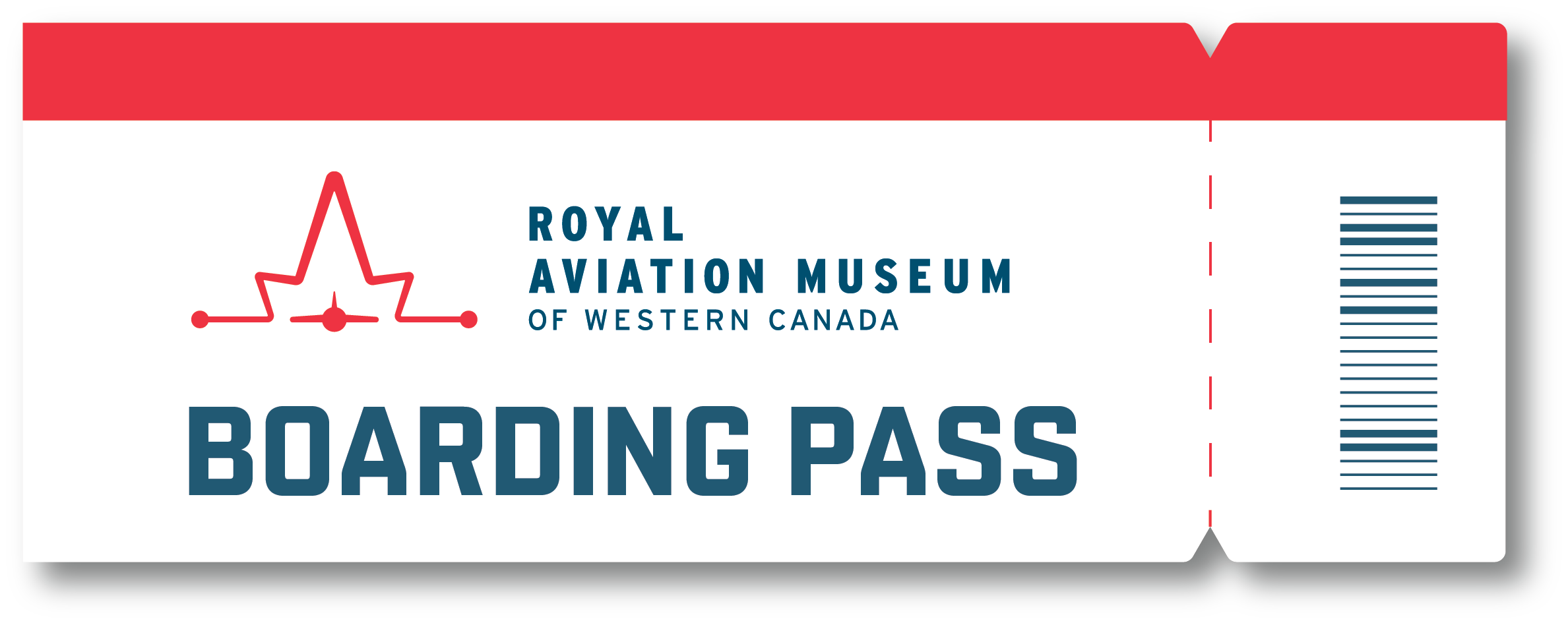Gliders or sailplanes have long been used to give prospective pilots their first taste of flight, while the sport of soaring is enjoyed by tens of thousands of enthusiasts worldwide. And one of the longest-lived and most successful manufacturers of both training and sport gliders is the Schweizer Aircraft Corporation, headquartered in Horseheads, New York State.
Brothers Ernie, Paul, and William Schweizer built and flew their first glider in 1930, working out of their father’s barn. The glider – and their subsequent designs – were single-seat, meaning the brothers had to effectively teach themselves to fly. Encouraged by these early successes, in 1937 the brothers moved to Elmira, New York, and founded the Schweizer Metal Aircraft Company. Sales were slow at first due to the ongoing Great Depression, with the company only producing 2-3 gliders per year.
This changed in 1939 when the U.S. Army learned of Germany’s advanced glider program. Due to the Treaty of Versailles signed following the First World War, Germany was forbidden from having its own air force. When the Nazis came to power, they began secretly re-arming the armed forces, using various deceptions to get around the conditions of the Treaty. This included designing civil airliners that could easily be converted into military bombers and transports, and setting up hundreds of gliding clubs to train future Luftwaffe (air force) pilots. The Germans even developed gliders into an effective weapon of war, capable of quickly and silently delivering a squad of fully-armed paratroops onto a target with pinpoint accuracy. The Germans would make effective use of combat gliders and conventional paratroops in their lightning invasions of Denmark, Belgium, and The Netherlands in the summer of 1940.
Upon learning of the German glider program, the U.S. Army decided it also needed combat gliders – as well as smaller aircraft to train glider pilots. Schweizer met this need with the two-seat SGS 2-8 and SGS 2-12, the latter of which featured wooden wings to free up valuable aluminum for other military aircraft. 170 of these aircraft were built during the war and used to train hundreds of glider pilots for the D-Day invasion and other airborne operations. After the war, many SGS 2-8s and 2-12s were sold off as surplus and became highly popular with private gliding clubs.
However, the war-surplus gliders were less than ideal for teaching first-time civilian pilots. They had high stall speeds and could only be launched by aero-tow and not winch or auto-tow as was commonly practiced by smaller gliding clubs. So, in 1946 Schweizer produced the SGU 2-22 specifically for the civilian market. It proved highly successful, with almost 260 being manufactured between 1946 and 1967.
The SGU-2-22E on display in the Museum, C-FACL, was built in 1965 and used by the Royal Canadian Air Cadets from 1973 to 1997. Founded in 1941, the Air Cadets are a national youth program aimed at individuals aged 12-18 emphasizing leadership, physical fitness, and citizenship with a special focus on the activities of the Royal Canadian Air Force. In 1945, the Cadets launched their first gliding program, using Schweizer SGU 1-19 gliders. However, these gliders were single-seat, meaning cadets had to solo on their first flight – a nerve-racking experience. The program was thus canceled after only 3 years and only reactivated in 1970 when the Cadets adopted the 2-seat SGU-2-22. Later in the decade, the organization adopted the more advanced SGS 2-33A, which is still in use today.

